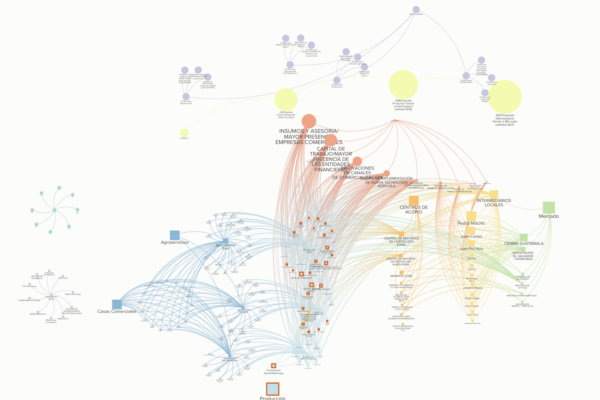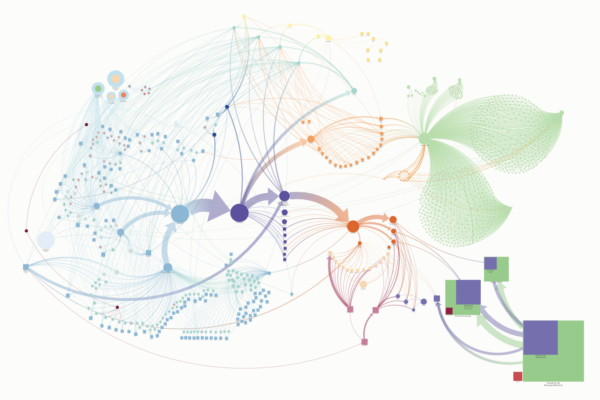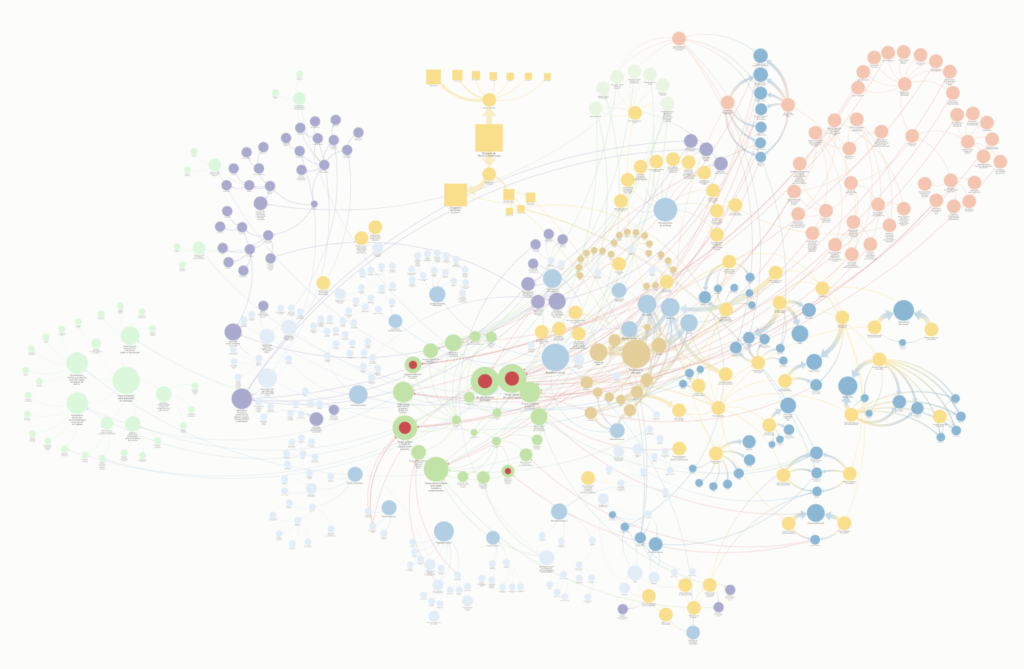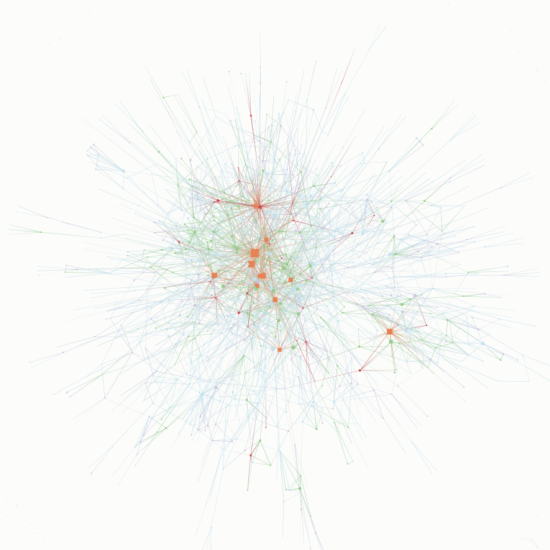
Take on the impossible.
Use systemic innovation to tackle wicket problems
There are challenges your organization faces that are so complex that they require a different approach. Traditional strategy, marketing and innovation can be powerful, but it doesn’t always move the needle when it comes to growing a stagnant market or creating a market that doesn’t exist, increasing adoption of an emerging solution, getting multiple polarized stakeholders to work together towards a common goal.
Introducing Systemic Innovation.
Over the years, after working with many organizations tackling tough business, social and political problems, we learned so much about what doesn’t work, that we ended up designing a new approach for tackling wicked problems which we call Systemic Innovation. Systemic innovation combines systems thinking, breakthrough innovation, strategic alignment and business incubation, to channel limited resources in a way that maximizes systemic impact.
Wicked problems we have tackled through systemic innovation

Can we launch financial products that will grow the agricultural industry?
A micro-finance organization with millions of clients was stuck trying to figure out how to best foster growth in certain agricultural sectors in strategic geographies. After mapping how the money flows through the entire industry–from agricultural input suppliers to final markets, we identified key gaps in the system that could be solved with having the right financial products at the right access points. The innovations emerging from this process will be saving millions of dollars in financial costs throughout the industry and enabling growth for thousands of people involved in the supply chain for years to come.

Can we grow the demand for electricity in our energy grid?
A key player in an electricity market was stuck trying to increase value for all players in the market. After mapping how the electricity flows from generators all the way to consumers through all of the different stakeholders, we identified key leverage points that could enable the market to grow. The decision makers agreed on several strategic thrusts that will be improving the overall health of the grid for years to come.

Can we increase the per-capita consumption of a food product?
A food company with a dominant position in their food market was stuck trying to increase the size of the market. After bringing together years of quantitative and qualitative market research into one comprehensive systems map that shows the drivers and inhibitors of consumption, we identified key leverage points that could move the needle in increasing per-capita consumption. The decision makers chose several disruptive innovations that they are in the process of implementing in the coming years.

Can we improve the innovation flow in our multi-thousand employee organization?
A large financial institution with thousands of employees was stuck trying to improve how innovation flows through their organization. After mapping how innovation flows through people and departments, we identified key employees that need to be included in the innovation efforts. The decision makers have implemented several internal initiatives that have increased the effectiveness of their innovation efforts.

Can we raise the average level of education in a country?
A university with the mission to impact the whole education system was stuck trying to find the best approach to raise the average level of education in their country. After mapping the flow of the entire population through the education system, we identified critical systemic leverage points that could really move the needle. The decision makers sponsored the creation of a new educational initiative that will be impacting hundreds of thousands of students when launched.Can we optimize our investments in digital transformation as a university to maximize the student experience?